
Snoring, a common sleep disorder, is characterised by the loud noises a person makes while they sleep due to the vibrations of the soft tissues in their throat while breathing. Snoring has been known to disrupt sleep quality and cause interruptions in breathing. Snoring has also been associated with daytime fatigue and numerous other health problems.
It stresses the need to find a solution to snoring, as it can improve sleep quality and reduce the risk of serious health conditions such as high blood pressure, heart disease, and stroke. It can also ensure that your snoring doesn’t interrupt the sleep of the person sharing the room with you.
Snoring exercises are a natural solution to alleviate snoring. How do they work? Snoring exercises can help strengthen throat and mouth muscles reducing the likelihood of your soft tissues vibrating when you are sleeping. These exercises can help people who experience moderate snoring.
To better understand how snoring exercises can help, let’s first examine the common causes of snoring before delving into some exercises that can be tried at home.
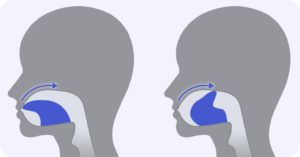
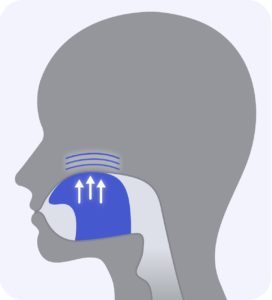
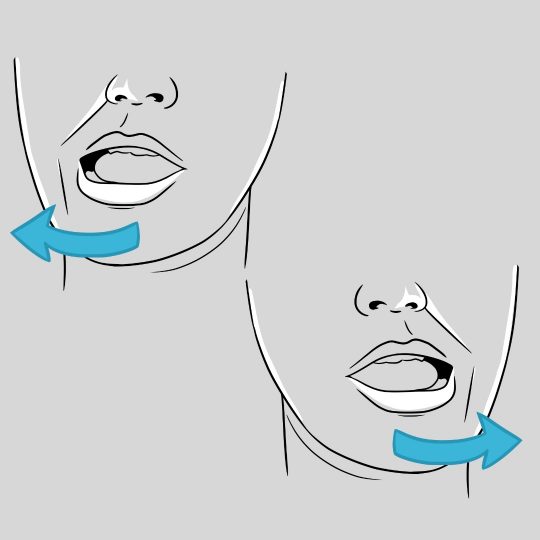
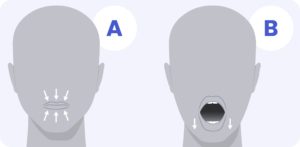
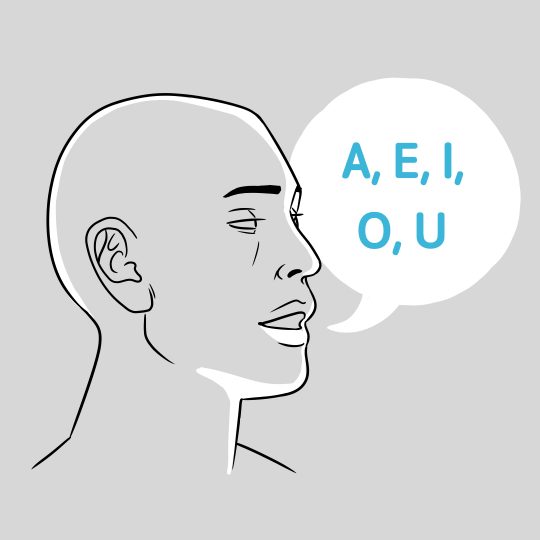
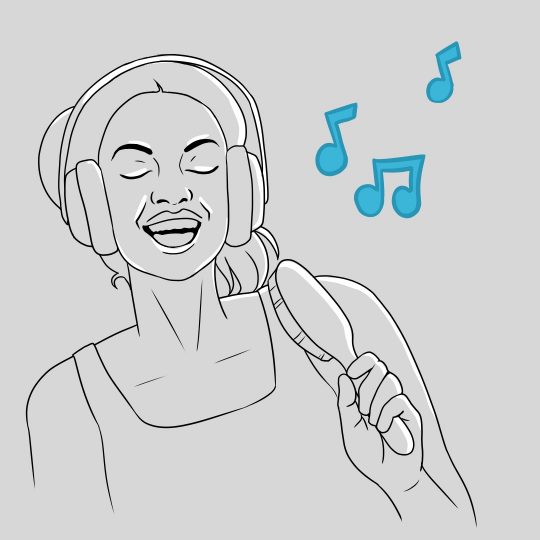
Copyright ©2025 TMJ, Tongue Tie and Sleep Institute. All Rights Reserved.
WhatsApp us
Let Us Know How Can We Help You!
At our institute, we take pride in providing complete care for issues related to tongue tie and TMJ. To enhance your quality of life, we treat a range of ailments with state-of-the-art technology and expert care. If you’re searching for an effective tongue-tie operation option or a TMJ specialist in India, you have arrived at the right place.
A tongue tie operation or tongue tie surgery is a life-changing procedure that not only restores tongue mobility but also has a full body effect. While most people associate tongue tie with breastfeeding difficulties in infants, it can also affect speech, breathing, posture, dental health, and sleep patterns in older children and adults. By undergoing this minimally invasive fascia release procedure, patients often experience immediate improvements in functionality and overall well-being.
For individuals considering tongue tie surgery, the benefits are far-reaching:
The Temporomandibular Joint (TMJ) that is your Jaw Joint has a significant impact on one’s quality of life, as they leave the person feeling exhausted and irritable. It not only affects essential functions like chewing, speaking, yawning but also affects one’s posture, breathing and sleep. As a leading TMJ specialist in Mumbai, we offer comprehensive diagnostics and personalized treatment plans to address your unique needs.
An integral part of our treatment protocols is myofunctional therapy. Exercises used in this therapy help to strengthen and coordinate the muscles of the tongue and face. Whether you’re undergoing a tongue tie operation or being treated for TMJ issues, myofunctional therapy plays a pivotal role in ensuring lasting outcomes.
Expertise and complete treatment are essential for treating TMJ issues or tongue tie. Whether you’re searching for the best tongue tie surgery options or a trusted TMJ specialist in Mumbai, we ensure personalized care and transformative results. Don’t let these conditions stop you—reach out to us today to book your consultation and start your journey toward better health and wellness.